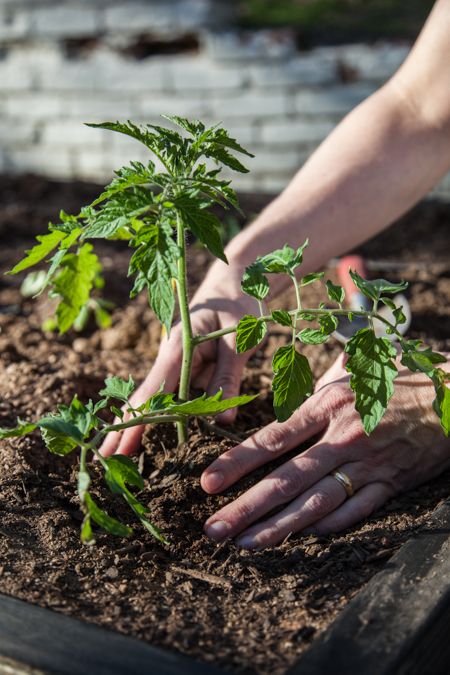The weather is changing and so is your garden! Now’s the time to wander through the aisles of your favorite, organic plant nursery and pick out some fall vegetable transplants. Transplanting can cut down on the time from planting to harvest as compared to planting from seeds, but can be unsuccessful if not done properly. Remember, you are literally uprooting a plant from its home and moving it to new soil – a very delicate process! Check out our new Garden Bites video with SFC’s Teaching Garden coordinator to see a demonstration on how to correctly plant a transplant, and see below for some more tips on how to grow beautiful fall vegetables from transplants!
Also, don’t forget to register for our Get Growing: Plan your Fall Garden class in the SFC Teaching Garden on Wednesday, October 8th. Get a hands-on experience in planning out your garden for the fall season, and learning about vegetables and varieties appropriate for our climate, companion plants, garden tracking, and harvest calendars. We will also touch on organic fertilizers and planting flowers to attract pollinators.
- Check the weather - Transplant vegetables on an overcast and/or cool day so as not to stress the plant.
- Water a lot - Water the plant while still in the pot, water the ground where you will be planting to plant, and water everything once you have transplanted the vegetable plant into your garden. Also, water regularly until you see that the transplant has established itself well.
- Avoid root damage - When removing a transplant from its original pot, carefully press the pot until the soil is loosening. Push the plant out of the container from the bottom rather than pulling them out by the stems.
- Loosen bound roots - Many times, transplants are a mess of roots when they are removed from the container, which is known as being “root bound.” You will need to loosen the roots, aggressively in some situations, in order to free up the roots. If you do not do this, the plant will not grow into its new space in your garden and will be stunted in growth.
- Use mulch - Surrounding a transplant with mulch once it has been established will maintain good soil moisture content and keep the plant cooler in the last hot days of the season.

